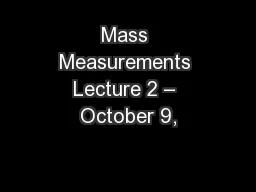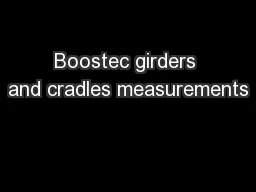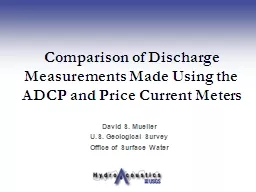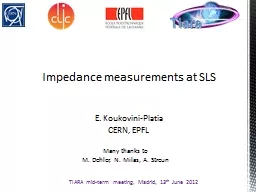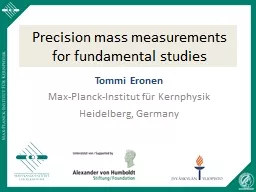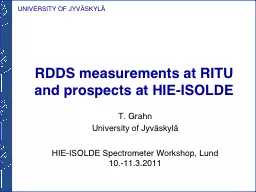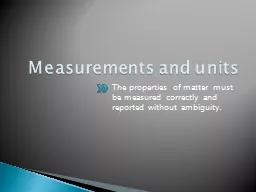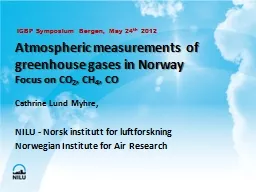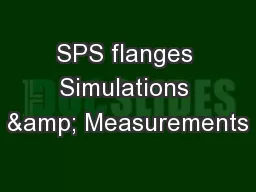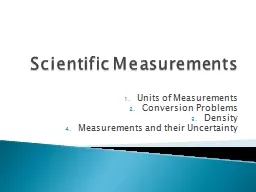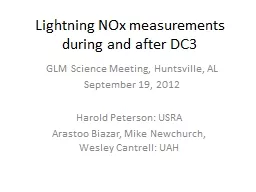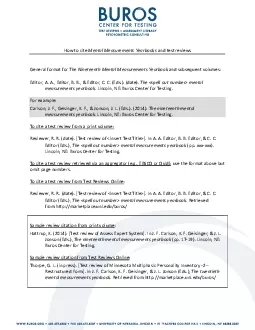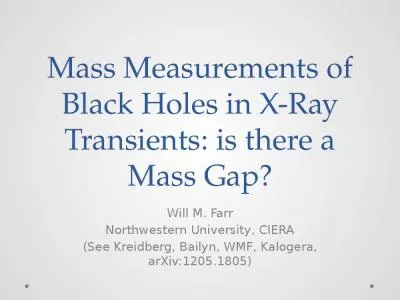PPT-Mass Measurements Lecture 2 – October 9,
Author : trish-goza | Published Date : 2018-03-11
2015 D Lascar Postdoctoral Fellow TRIUMF How do you relate time to mass How do you trap ions What is going on in a Penning trap Time of Flight conversion Outline
Presentation Embed Code
Download Presentation
Download Presentation The PPT/PDF document "Mass Measurements Lecture 2 – October ..." is the property of its rightful owner. Permission is granted to download and print the materials on this website for personal, non-commercial use only, and to display it on your personal computer provided you do not modify the materials and that you retain all copyright notices contained in the materials. By downloading content from our website, you accept the terms of this agreement.
Mass Measurements Lecture 2 – October 9,: Transcript
Download Rules Of Document
"Mass Measurements Lecture 2 – October 9,"The content belongs to its owner. You may download and print it for personal use, without modification, and keep all copyright notices. By downloading, you agree to these terms.
Related Documents

